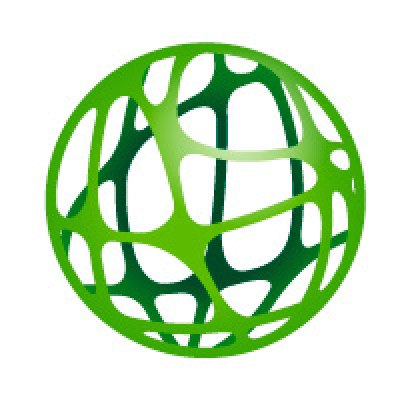The protection of image rights and privacy is essential to ensure that athletes can benefit from their notoriety without being unduly exploited
Full article
Commercial exploitation of athletes' image: rights, privacy and jurisprudence
In the age of social media and digital marketing, the image of athletes has become an asset of great commercial value. From endorsements and sponsorships to complex commercial agreements, the exploitation of athletes' image raises important legal issues related to image rights and privacy. In this article, we explore these issues and analyze relevant case studies and case law to better understand this phenomenon.
Athletes' image rights and privacy
Image rights allow athletes to control and benefit economically from the commercial use of their image. In Spain, these rights are protected by Organic Law 1/1982 on the civil protection of the right to honor, personal and family privacy and one's own image. This law establishes that any use of a person's image for commercial purposes requires his or her explicit consent.
However, the distinction between commercial and informational use of the image of athletes can be blurred. While the media have the right to report on sporting events and use the image of athletes in this context, any use that goes beyond mere information and seeks advertising or commercial purposes must have the athlete's authorization.
In addition, the growing presence of athletes on social media has added an additional layer of complexity. Athletes are not only public figures on the playing field, but also influencers on digital platforms, where their image becomes a valuable asset for brands and sponsors.
Endorsements, sponsorships and commercial agreements
Endorsement of products and services by athletes is a common practice that can generate significant revenue. Through sponsorship agreements, athletes allow brands to use their image to promote products, often appearing in advertisements, events and marketing campaigns.
These agreements usually include detailed clauses on the use of the athlete's image, setting out the conditions and limits of use. For example, a sponsorship contract may specify that the athlete must wear a certain brand of clothing or equipment during public events, or that he or she must participate in a certain number of promotional events.
However, these agreements can also give rise to legal disputes. A notable case is that of Neymar Jr. who in 2016 sued his former club, FC Barcelona, for breach of a bonus agreement related to his transfer and image rights. The dispute underscored the importance of clearly defining terms and conditions in sponsorship and image rights transfer contracts.
Another relevant case is that of Gareth Bale, whose contract with Real Madrid included specific clauses on the use of his image. The complexity of these agreements can lead to protracted litigation if the parties do not comply with the established obligations or if there are divergent interpretations of the contractual clauses.
Case studies and relevant case law
Case law on sportsmen's image rights has evolved significantly, with cases that have set important precedents. One of the most prominent cases in Spain is that of Sergio Ramos, whose lawsuit against a magazine for unauthorized use of his image in an advertising context resulted in a judgment in favor of the sportsman. The court found that the magazine had commercially exploited Ramos' image without his consent, violating his image rights.
In the international arena, Michael Jordan's case against a U.S. supermarket chain for the unauthorized use of his image in a promotion is also illustrative. Jordan won the case and received millions in compensation, underscoring the importance of obtaining prior consent for the commercial use of athletes' images.
Case law has established that athletes have the right to control how their image is used and to receive fair compensation for commercial exploitation. This protects not only the economic interests of athletes, but also their privacy and personal dignity.
Conclusion
The commercial exploitation of athletes' image is a dynamic field that combines legal, commercial and personal aspects. The protection of image rights and privacy is essential to ensure that athletes can benefit from their notoriety without being unduly exploited.
As digital platforms and social media continue to expand, the importance of these rights will continue to grow. Athletes, brands and lawyers must work closely together to ensure that commercial agreements are fair and respect the rights of all parties involved. Case law will continue to evolve to address new challenges in this area, ensuring a balance between commercial exploitation and the protection of individual rights.
Comments
Related links
Main menu












